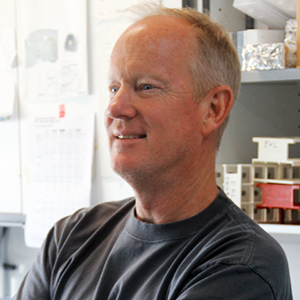The importance of Cre recombinase to minimize helper vector (HV) contamination during helper-dependent adenovirus vectors (HDVs) production is well documented. However, Cre recombinase, by inducing DNA double-strand breaks (DSBs), can cause a reduced proliferation and genotoxic effects in cultured cells. In this work, Cre-expressing cell stability, co-infection and their relation to adenovirus amplification/HV contamination were evaluated to develop a production protocol for HD canine adenovirus type 2 (CAV-2) vectors. Long-term Cre expression reduced the capacity of MDCK-E1-Cre cells to produce CAV-2 by 7-fold, although cell growth was maintained. High HDV/HV MOI ratio (5:0.1) led to low HV contamination without compromising HDV yields. Indeed, such MOI ratio was sufficient to reduce HV levels, as these were similar either in MDCK-E1 or MDCK-E1-Cre cells. This raises the possibility of producing HDVs without Cre-expressing cells, which would circumvent the negative effects that this recombinase holds to the production system. Here, we show how Cre and MOI ratio impact adenovirus vectors yields and infectivity, providing key-information to design an improved manufacturing of HDV. Potential mechanisms to explain how Cre is specifically impacting cell productivity without critically compromising its growth are presented.
Canine helper-dependent vectors production: implications of Cre activity and co-infection on adenovirus propagation
Fernandes, P.; Almeida, A. I.; Kremer, E. J.; Alves, P. M.; Coroadinha, A. S.
2015
Sci Rep
2015 / vol 5 / pages 9135
Abstract
10.1038/srep09135 srep09135 [pii]
2045-2322 (Electronic) 2045-2322 (Linking)
IGMM team(s) involved in this publication

